Nine artists have collaborated with each other and with underrepresented groups to create Taipei on the Move (TOTM), an exhibition that strives to empower the voiceless.
The project began last November during three days of workshops and events which sought to link students, homemakers and seniors. Documentation of what took place and its material results will be displayed in Eslite Vision Gallery until Jan. 23.
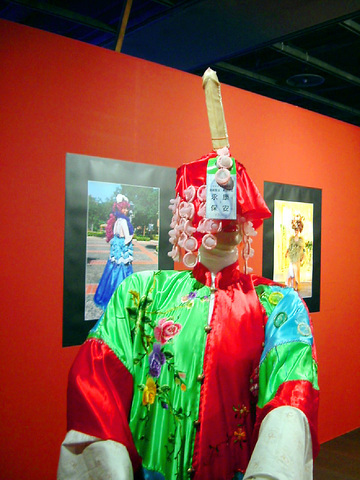
PHOTO: SUSAN KENDZULAK
"What do Taipei youth think about family, schools, sex and politics?" -- the exhibit itself links the project with the public and this provocative text on a wall helped link the activities with the viewers and included young people's interesting responses. Problems exist among these effective ideas, though, such as the text being sprawled out on a wall about 9m long, making it difficult to read.
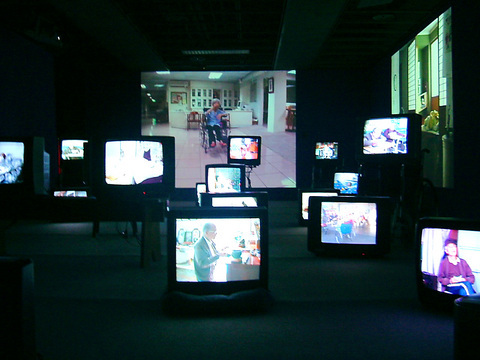
PHOTO: SUSAN KENDZULAK
The participating artists -- Wu Mali, Chen Yung-hsien (
Cities on the Move was dynamic, as it was a traveling show in flux, varying each time with its different venues and reflecting the rapid changes in Asia brought about by globalization. TOTM, however, doesn't come close to its predecessor.
Even though TOTM's brochure states: "A city in motion; art in action; images, sounds and words expanding understanding," the exhibition does not seem to get its finger on Taipei's urban pulse, as it just conveys images of what seem like weekend activities -- dancing, parading and talking -- rather than showing profound, multi-layered art works.
The collaborative show includes The Empress' New Clothes, a work by conceptual artist Wu Mali that explores women's roles in society. Guided by Wu, the participants created clothes to construct various identities such as the Forest Queen, Primitive Queen, Condom Queen and the Queen of Pain.
Adorned in their handmade constructions the women paraded in front of wedding photo boutiques and in front of the Taipei Fine Arts Museum. One participant stated: "My gown has become a canvas. The street has become a gallery."
Wu's participation extends her former interests. She runs a sewing workshop for disenfranchised homemakers called the Taipei Awakening Association's Stitching Sisterhood Workshop. The workshop is an activist project in that it empowers the women and helps them get in touch with their creative potential.
A more compelling installation in the show, however, was Chen Yung-hsien's Senior Concern. In a huge, dark room, TV monitors -- some placed in wheelchairs -- and full-screen projections show images of senior citizens in a nursing home.
Student life is also explored in TOTM. A video of Hsieh Chi-pin (
Suzanne Lacy who is well-known for creating public-based performances teamed up with Unique Holland and Sheva Gross to create monochrome color platforms for students wearing matching shirts to sit on for a recorded discussion. Lacy said she wanted "to allow people to have their own space for their own voice.
On the surface, it seems like these projects are empowering and ultimately beneficial to the community they serve. These kinds of projects where artists take on the role of leaders/teachers within communities of non-artists emphasize a feel-good aesthetic that seems to offer a voice to the voiceless common people. But, more often, participants have been given strict guidelines to which they conform and usually tend to adhere. Rarely does a participant think outside of the box. So the voice of the community may actually be more the artist who, in his/her paternalistic role, acts more as puppet master than spirit medium.
Countless artists from all around the world have collected people's wishes and dreams, to the point that this is becoming a cliche and fairly uninspiring idea. Yet, one TOTM project last November seemed to subvert this principle in a very subtle way.
Architect Marco Casagrande and sculptor Martin Ross created Trojan Rocking Horses, in which citizens wrote down their dreams and wishes and placed them into welded metal horses that were then paraded around the city.
The project culminated in a performance where Mayor Ma Ying-jeou (
Exhibition notes:
What: Taipei on the Move (
Where: Eslite Vision Gallery, B2, 245, Dunhua S Rd, Sec 1, Taipei (
When: Daily, 11am 10pm, through Jan. 23
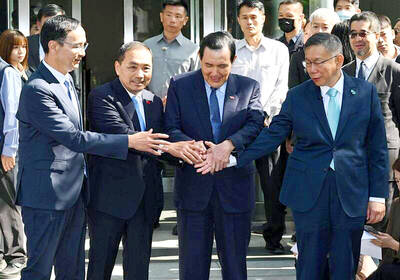
Has the Taiwan People’s Party (TPP) changed under the leadership of Huang Kuo-chang (黃國昌)? In tone and messaging, it obviously has, but this is largely driven by events over the past year. How much is surface noise, and how much is substance? How differently party founder Ko Wen-je (柯文哲) would have handled these events is impossible to determine because the biggest event was Ko’s own arrest on multiple corruption charges and being jailed incommunicado. To understand the similarities and differences that may be evolving in the Huang era, we must first understand Ko’s TPP. ELECTORAL STRATEGY The party’s strategy under Ko was
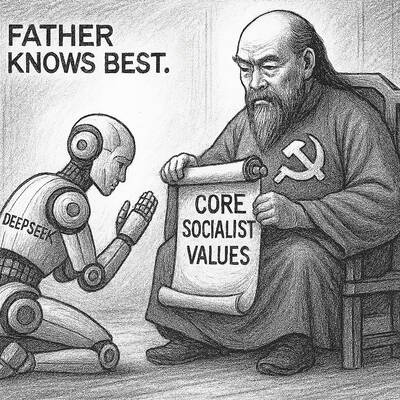
It’s Aug. 8, Father’s Day in Taiwan. I asked a Chinese chatbot a simple question: “How is Father’s Day celebrated in Taiwan and China?” The answer was as ideological as it was unexpected. The AI said Taiwan is “a region” (地區) and “a province of China” (中國的省份). It then adopted the collective pronoun “we” to praise the holiday in the voice of the “Chinese government,” saying Father’s Day aligns with “core socialist values” of the “Chinese nation.” The chatbot was DeepSeek, the fastest growing app ever to reach 100 million users (in seven days!) and one of the world’s most advanced and
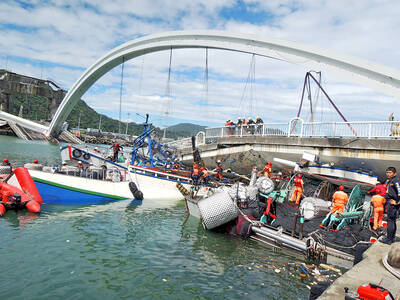
Before the recall election drowned out other news, CNN last month became the latest in a long line of media organs to report on abuses of migrant workers in Taiwan’s fishing fleet. After a brief flare of interest, the news media moved on. The migrant worker issues, however, did not. CNN’s stinging title, “Taiwan is held up as a bastion of liberal values. But migrant workers report abuse, injury and death in its fishing industry,” was widely quoted, including by the Fisheries Agency in its response. It obviously hurt. The Fisheries Agency was not slow to convey a classic government
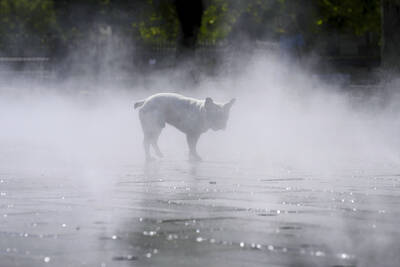
It turns out many Americans aren’t great at identifying which personal decisions contribute most to climate change. A study recently published by the National Academy of Sciences found that when asked to rank actions, such as swapping a car that uses gasoline for an electric one, carpooling or reducing food waste, participants weren’t very accurate when assessing how much those actions contributed to climate change, which is caused mostly by the release of greenhouse gases that happen when fuels like gasoline, oil and coal are burned. “People over-assign impact to actually pretty low-impact actions such as recycling, and underestimate the actual carbon